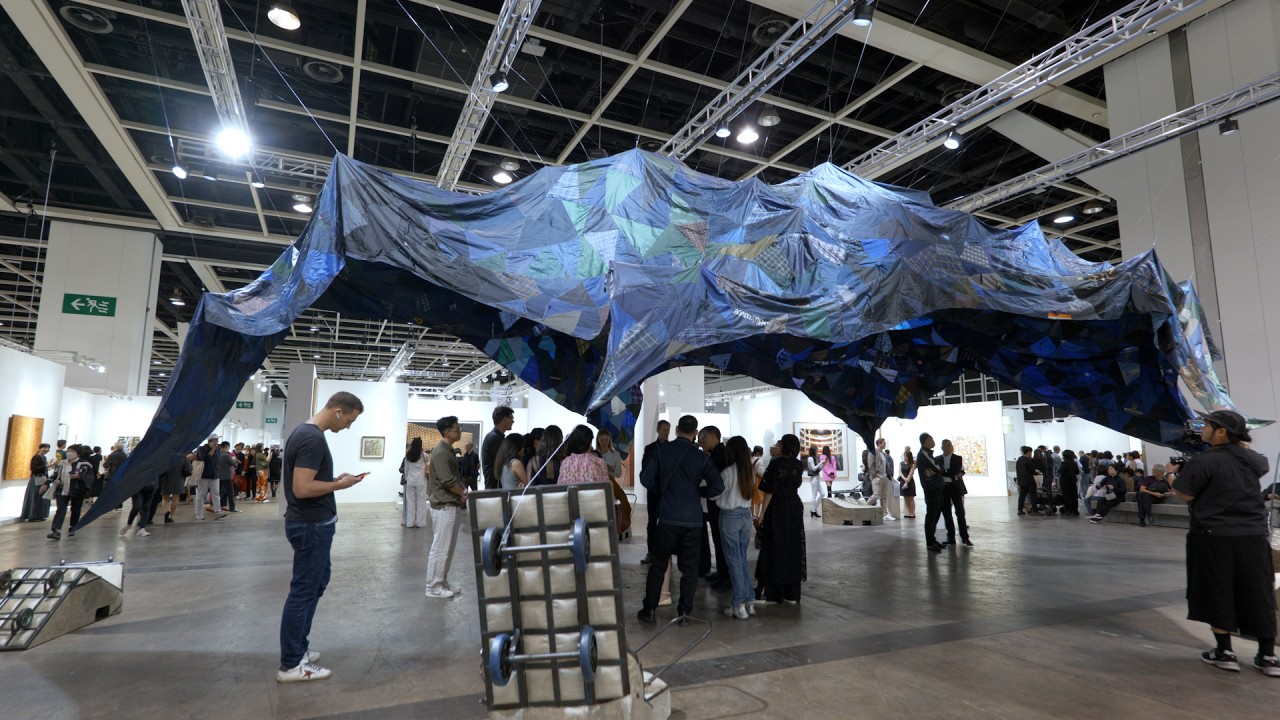
Hong Kong’s art week success shows city’s triumphant return as a culture hub
- Judging from the appetite and feedback from participants, a bright future awaits the local arts scene and Hong Kong’s ambitions to be an international cultural centre
For M+, it was the first real opportunity to host and welcome some of the most important and influential figures from the art world; for most, it was their first trip here since the pandemic. We were fortunate to welcome many new people to Hong Kong and particularly satisfying was their acknowledgement of M+ as a leading museum of visual culture.
This is borne out by our collaboration with the Guggenheim Museum Bilbao, which will exhibit the Yayoi Kusama retrospective from June. Curated by M+, this is the largest Kusama exhibition in Asia outside Japan.
Reassuring, from my perspective, is the focus this attention places on the art and cultural ecosystem, and on local artists. This will lead to more opportunities for emerging artists, and collaborations and commissions.
Arguably the most powerful example of a public digital artist commission is the work displayed on the M+ facade by Swiss experimental installation and video artist Pipilotti Rist, “Hand Me Your Trust”. It will illuminate the Hong Kong skyline every evening until May 21, between 7pm and 9pm, after which it will appear every Saturday and Sunday at the same time until June 17.
In the build-up to, and during Hong Kong Art Week, this subject was high on the agenda. There were important forums for philanthropists, corporate donors, recipients and those providing research, advisory, legal or other related support services that enable sector and capacity development.
All of which are well established and well understood in Hong Kong. We are fortunate to have a strong tradition of philanthropy and social investment. It is the generosity of individuals and corporations that sets the example for future generations and enables us to realise the true value that art and culture bring to society.
Our arts and culture need public support and private funding to succeed
Judging from the appetite and feedback from participants at Hong Kong Art Week, we can justifiably be considered the main artery of art and culture where East meet West, and history blends with heritage, with a sophisticated contemporary culture that belies a bright future.
Bernard Chan is a Hong Kong businessman and a former Executive Council convenor


